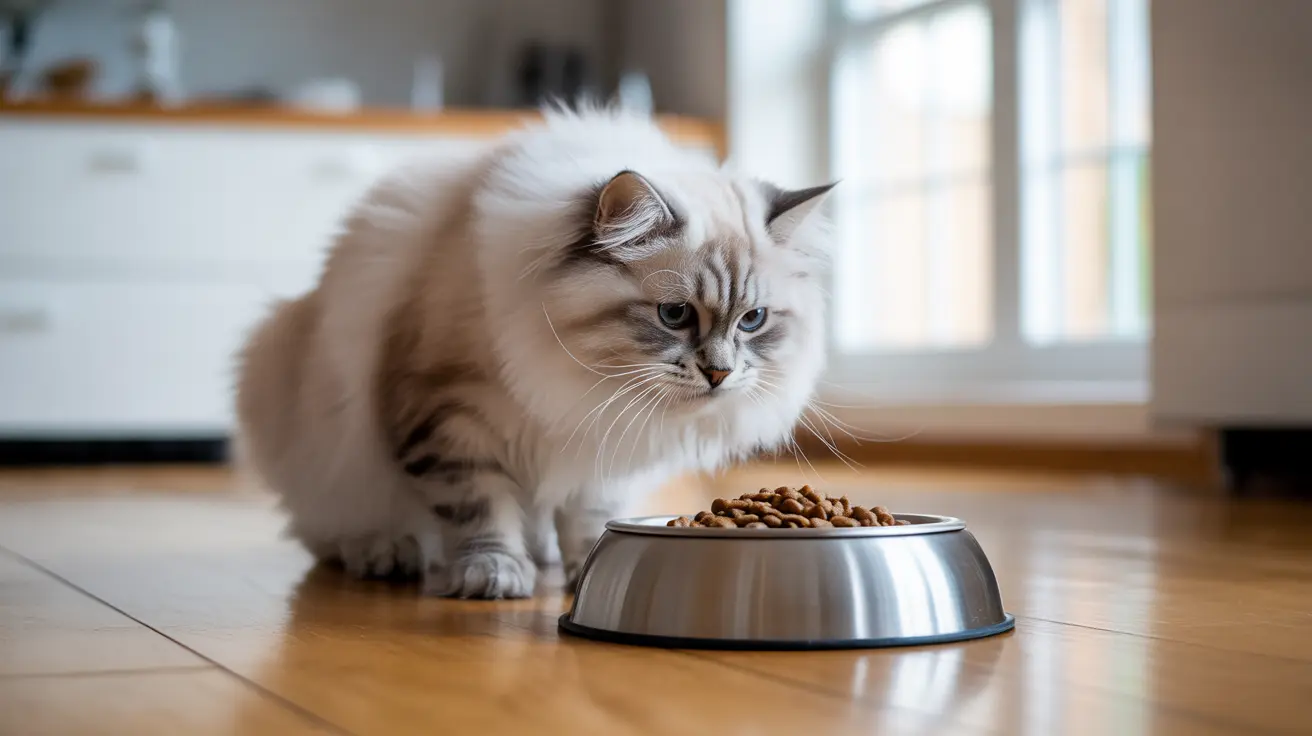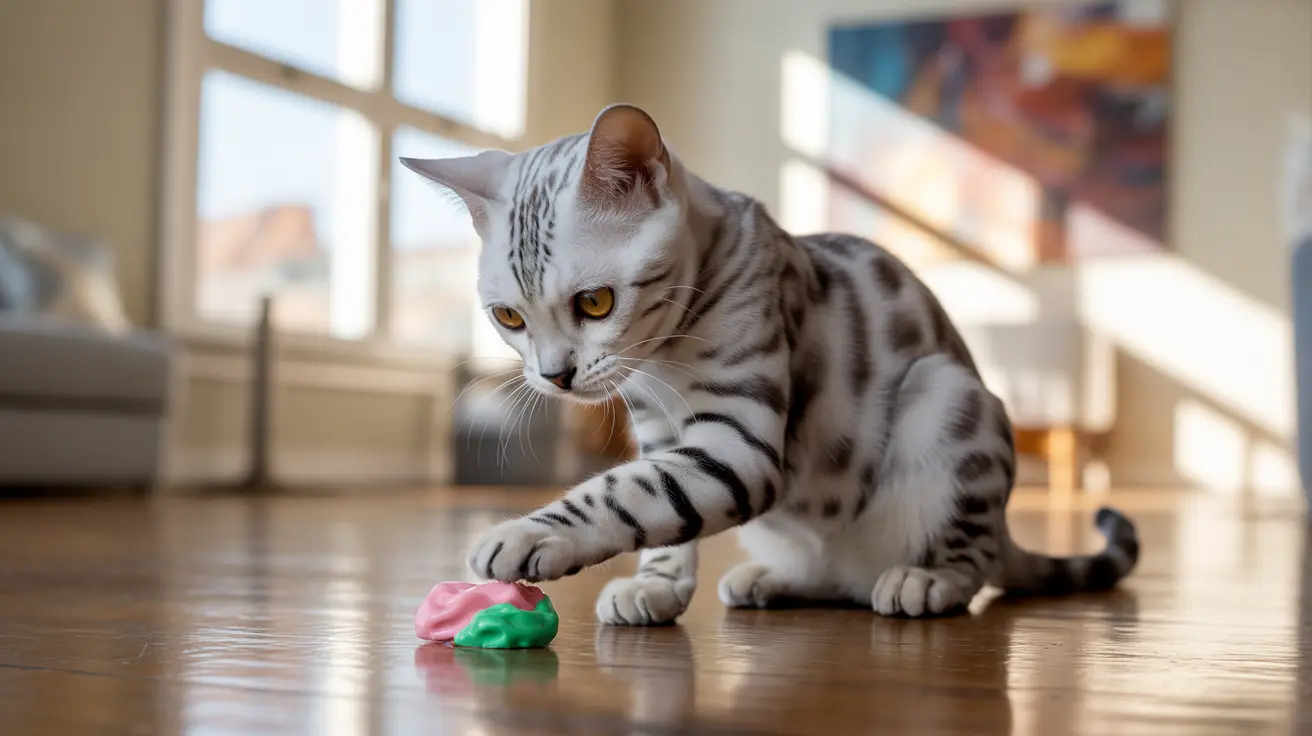Understanding How Long Dogs Are in Heat
The heat cycle, or estrous cycle, is a natural part of a female dog's reproductive system. If you've ever wondered how long dogs stay in heat, you're not alone—it's a common question among pet owners, especially those with unspayed females. Let's break down what happens during this period and what you can expect.
The Four Stages of the Canine Heat Cycle
A female dog's heat cycle consists of four main stages, each with its own characteristics and duration:
- Proestrus: This stage kicks off the cycle and usually lasts between 4 and 10 days, though it can be as short as a few days or as long as 17–21 days for some dogs. During proestrus, you'll notice swelling of the vulva and a bloody vaginal discharge. The dog attracts males but isn't ready to mate yet. Behavioral changes like increased urination and licking are common.
- Estrus ("Heat"): Estrus is when your dog is actually "in heat"—she's fertile and receptive to males. This phase typically lasts from 5 to 13 days (averaging about 9), but individual variation is normal. The discharge becomes lighter or more watery, and your dog may display tail flagging (lifting her tail to the side), seek out males, or act more affectionate or restless.
- Diestrus: Following estrus, diestrus lasts around two to three months (about 60 days but sometimes up to 140). At this point, she's no longer interested in mating. Her body prepares for possible pregnancy; if she's not pregnant, hormone levels eventually return to normal. Some dogs show signs of false pregnancy like nesting or mammary gland enlargement.
- Anestrus: This resting stage typically spans four to six months (sometimes longer). No signs of heat are present while her body recovers before the next cycle.
How Long Is a Dog in Heat?
The overall "heat" or season generally lasts about 2 to 4 weeks, with an average of 18 to 21 days. The most fertile portion—when she's receptive to mating—is during estrus, which usually lasts 5 to 13 days. The amount of time spent actively bleeding is often about half that time (7–10 days), but some dogs keep themselves so clean that you might barely notice any blood at all.
Breed and Individual Variation
The length and frequency of heat cycles vary by breed and individual dog:
- Small breeds: May start their first heat as early as four months old and often have shorter cycles.
- Large/giant breeds: First heat may not occur until up to two years old; cycles may be longer or less frequent.
- Cycling frequency: Most female dogs go into heat twice per year (every six months). Some small breeds cycle more often; some breeds only once a year.
The regularity and intervals can also be influenced by age, health status, stress levels, and genetics. Early cycles can be irregular but usually stabilize over time.
Signs Your Dog Is in Heat
- Swollen vulva
- Bloody or pink vaginal discharge (may become watery)
- Frequent urination/marking territory
- Licking genital area more than usual
- Behavioral changes: restlessness, anxiety, increased affection, seeking out males
- Bolder attempts to escape or find mates
- Mood swings: more friendly or sometimes more irritable/aggressive
Caring for a Dog in Heat
Your dog's comfort and safety matter during her season. Here are practical tips for managing her needs:
- Supervise her closely; male dogs can be persistent if they sense a female in heat nearby.
- Use dog diapers or pads; these help manage bleeding—change them every three to four hours for hygiene.
- Avoid off-leash walks; always use a leash outdoors since male dogs may approach from far away.
- Keep her separated from male dogs; even within your household if you have both sexes.
- Bathe and groom regularly; this keeps her comfortable and reduces odors that attract males.
- Create a calm environment; offer toys, enrichment activities, and extra attention if she's anxious or restless.
- Sustain good nutrition; appetite may fluctuate—ensure she eats well but don't force food if she seems uninterested for a day or two.
A Few More Facts About Canine Heat Cycles
- The amount of visible bleeding varies widely; some dogs barely show any signs while others bleed heavily.
- Mature female dogs do not go through menopause—they continue cycling throughout life though fertility drops with age.
- The interval between cycles often increases as dogs get older; sometimes cycles become "silent" with almost no outward signs.
If you want to avoid future heats altogether (and prevent unwanted pregnancies), discuss spaying with your veterinarian. Spaying eliminates the cycle permanently along with certain health risks like uterine infections. However, timing should be tailored individually based on age and breed for best results.
Troubleshooting: When Things Aren't Normal
- If discharge smells bad or looks unusual (greenish/yellowish), if swelling is extreme, or if your dog seems ill—contact your vet promptly; these could signal an infection such as pyometra which requires urgent care.
Caring for a dog in heat means being attentive—to both her physical needs and her emotional state. With knowledge about what to expect during each phase of her cycle, you'll help keep your furry friend healthy—and your home peaceful—throughout this natural process!





